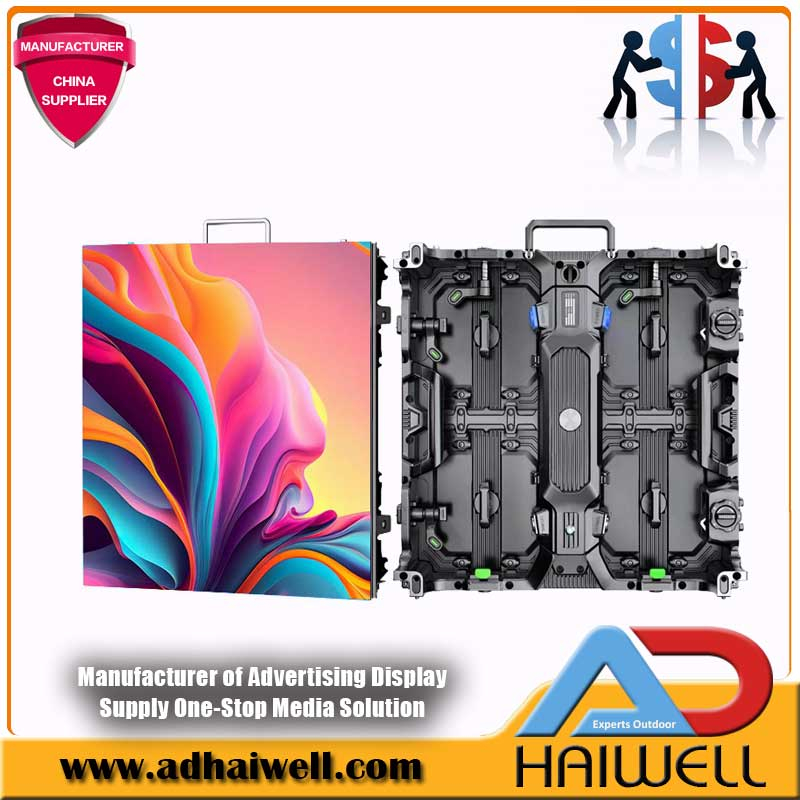Light-emitting diode wall screens have become increasingly favored in current years, particularly in environments like schools, businesses, and community areas. These screens use LED diodes (LEDs) to create bright and lively visuals. One of the most significant benefits of LED technology is its longevity in contrast to traditional screen technologies, such as cathode tube tubes (CRTs) and LCD crystal displays. Grasping the distinctions in duration and performance between these options can help consumers make informed decisions about their screen requirements.

Classic display methods, like CRTs, have been around for numerous years. They were commonly used in televisions and PC monitors. However, CRTs have a limited lifespan, typically lasting approximately 10,000 to 20,000 hours of use. This means that after a couple years, users may observe a decline in image quality, such as dimming or color deformation. In contrast, LED wall panels can last significantly longer, frequently exceeding 50,000 hrs. This extended duration means that users can enjoy reliable functionality without the need for regular substitutions.
Another important factor to take into account is power conservation. LED wall screens utilize less power than traditional screens, which not only helps the environment but also lowers electricity costs. For instance, while a CRT screen may use approximately 100 watts of power, an LED screen can consume as little as 30 to 50 watts. This discrepancy in power consumption contributes to the total durability of LED technology, as reduced power usage generates minimal heat. Excessive thermal energy can harm electronic components, leading to a reduced duration for traditional screens.
In addition to their extended duration and power efficiency, LED wall screens also provide enhanced image quality. They offer more vivid colors and improved contrast, making them ideal for multiple uses, from marketing to educational presentations. The technology behind LED screens enables for a wider viewing angle, meaning that visuals remain sharp and lively even when seen from the side. This is a significant advantage over traditional displays, which frequently experience from hue distortion and reduced luminosity at broader angles.
In summary, the durability of LED wall panels compared to conventional screen methods is a crucial factor for buyers to take into account. With lifespans that can exceed 50,000 hrs, power conservation, and superior visual clarity, LED innovation offers many benefits. As technology continues to advance, LED wall screens are probably to turn even look what i found more common in various settings. Understanding these differences can help people and entities make improved decisions when purchasing in screen technology, ensuring they receive the best value for their requirements.
Comments on “Investigating the Durability of LED Display Panels in Contrast to Traditional Screen Methods”